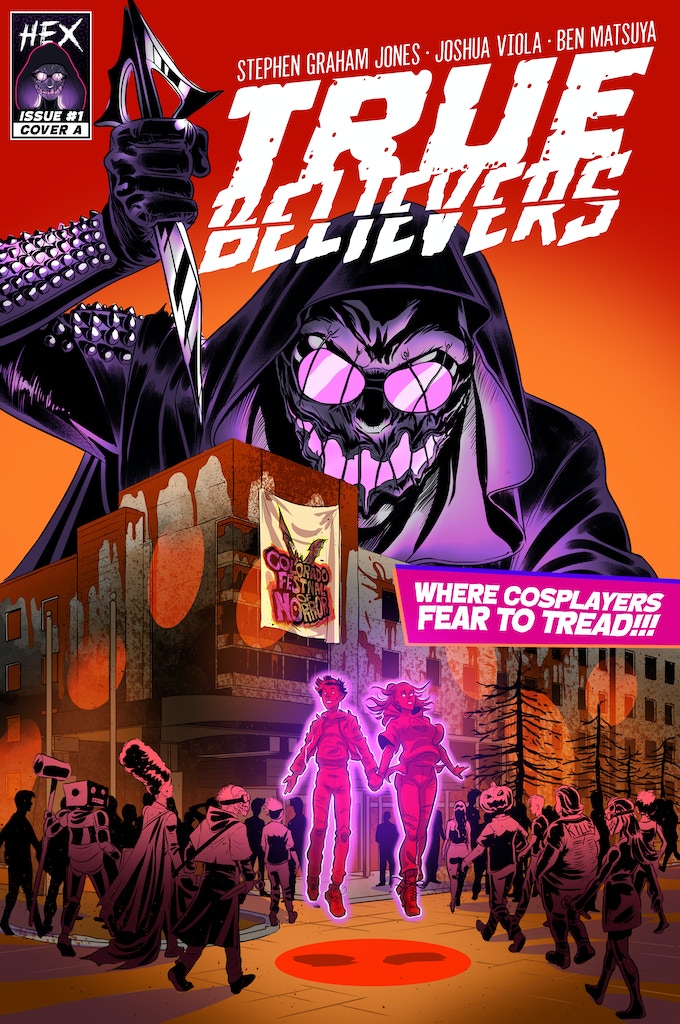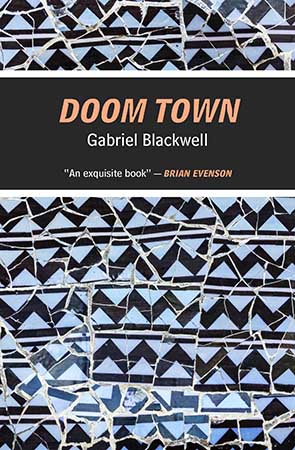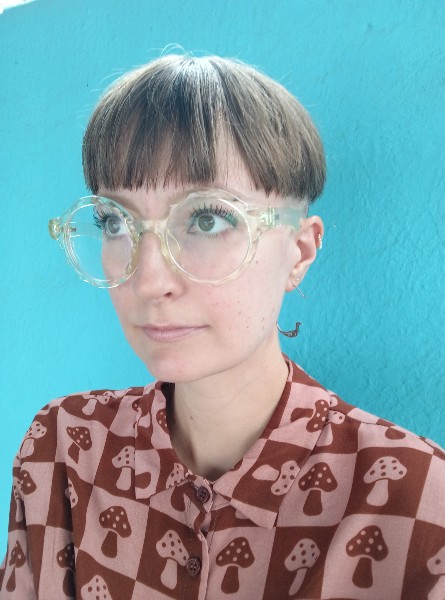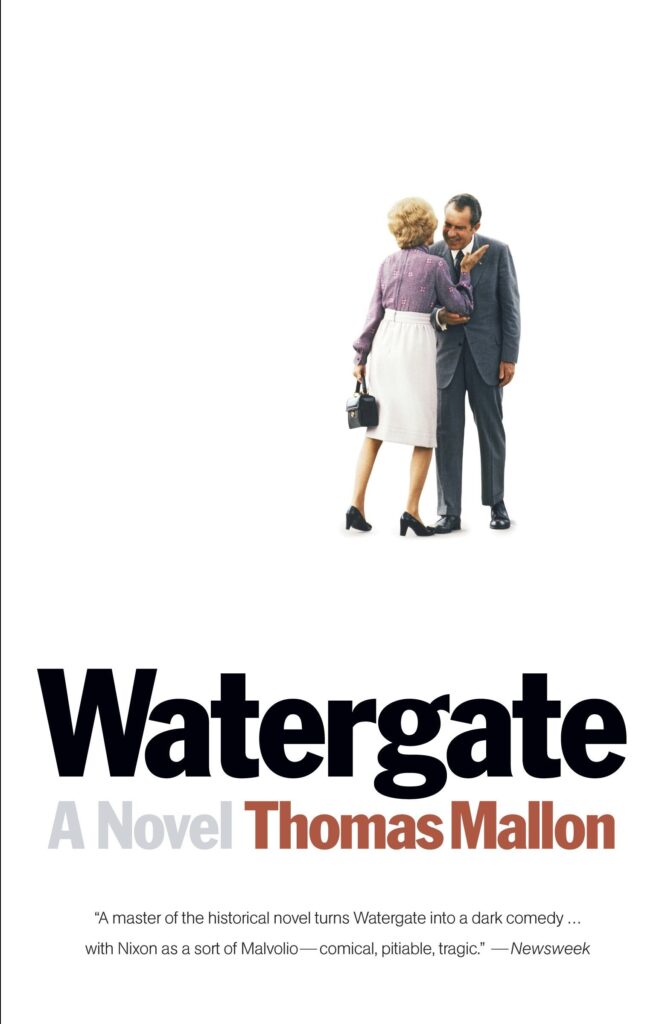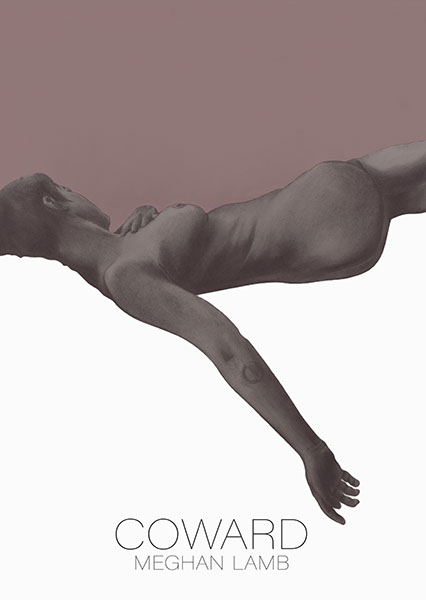
It’s hard to find the right words to discuss James Reich‘s new novel The Moth for the Star. Is it a haunting tale of excess and murder in Depression-era New York City? A bizarre story of metaphysical warfare? A psychological study of generational trauma and repression? Arguably, it’s all of the above — along with some astronomy thrown into the mix. I spoke with Reich about his new novel’s genesis and the thematic concerns at its heart.

